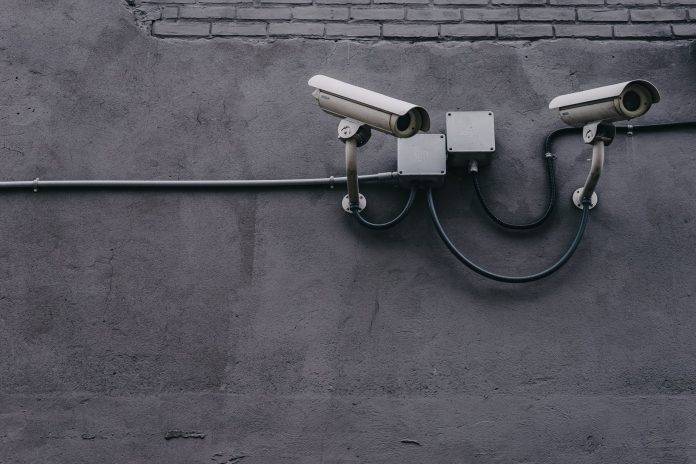The cybersecurity industry is always shifting as new technological innovations emerge and modify firms’ security practices. Companies across all industry sectors must empower their IT departments to improve their cybersecurity architecture as well as provide pertinent training programs to all important decision-makers in the corporation.
Companies must safeguard their assets and ensure that their employees are constantly prepared to react to a cyber-attack if they wish to move ahead securely and avoid losses at the claws of cyber-criminals or malevolent malicious attackers.
Here are the top 5 challenges that the cybersecurity industry is facing today:
1. Remote Work
The COVID-19 pandemic has forever changed the workplace and how it is secured.
Enabling secure remote fast VPN access and connectivity, adopting technologies to maintain employee productivity and ensure security, enforcing remote security policies, and handling security issues on home networks, such as shadow IT, among other challenges, became everyday headaches for security admins.
For this, having a VPN is essential and enabling remote secure VPN access is only possible through a reliable VPN service. A good VPN service usually works for all, Windows, Linux, Mac, iOS, and Android, while keeping users’ privacy as the top priority.
As employees begin to trickle into offices two years later, companies face another challenge: enabling a secure hybrid mix of in-office and at-home employees.
2. Cloud Attacks
Cloud computing is the modern age of new technology that has revolutionized the physical world of data storage. Businesses from large to small now utilize cloud services for storing their user-sensitive information.
On the one hand, where adoption of it has reduced the cost and increased efficiency, it has also opened possibilities for data security breaches.
The main reason for compromised data security is the lack of encryption, authentication, and improper configuration of the cloud setups. So, they need to maintain many considerations for cloud security and data protection, to keep the sensitive information intact.
3. Phishing Scams
A phishing attack is a type of social engineering attack that targets users’ login details and credit card information. In contrast to ransomware, here the information is used to benefit the hacker.
Businesses can protect their workers by instituting access control policies, even if they work remotely. When it comes to defending the business against phishing scams, cybersecurity education and knowledge emerge as key components.
4. Cryptocurrency and Blockchain Attacks
Digital currency or wallets are the most prime target of hackers. Consumers, businesses and governments are finding new ways to use cryptocurrency, but a recent string of cyber attacks has highlighted security risks and shortcomings. Many blockchain attack variants such as Eclipse, Poly, DDOS, and Sybil made the headlines possessing a great vulnerability to digital wallets.
The last thing any trader, cryptocurrency exchange, or firm dealing with blockchain or crypto wishes is for their data to be hacked. Businesses must therefore carefully consider investing in their IT architecture and preparing for a cybersecurity attack.
5. Internet of Things (IoT) Attacks
For those who are unfamiliar with the Internet of Things (IoT), it is simply the connecting of physical items through the use of various sensors that communicate with one another. As more data is sent between systems, breaches may appear, allowing hackers and other cybercriminals to misuse information.
The Internet of Things or IoT is the most vulnerable to data security threats. Today, the IoT industry is the key target for attackers to invade the sensitive information of users. Approximately 12 billion devices will be online by 2022, and 25 billion by 2030- as per the Statista data.























